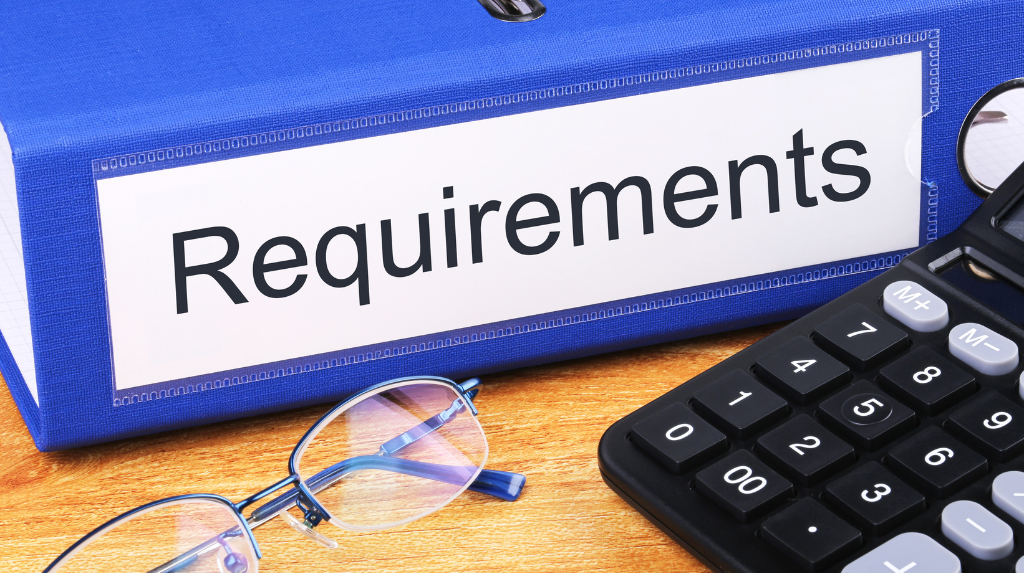In the complex world of international travel, Schengen states have established Representation Agreements to simplify visa applications. These agreements enable one country to handle visa matters on behalf of another, making travel easier. This article explores these agreements and states Finland’s role in this collaboration
Understanding Schengen Member States
Countries like Austria, Belgium, Croatia, and the Czech Republic, share a unified visa policy that aims at removing the borders to provide free travel between the territories of the member countries.
Representation Agreements in Action
This allows visa applicants from certain countries to apply through another Schengen member state. For example, a traveler in Vancouver applying for a Finnish visa can do so at the Consulate General of Switzerland instead of directly at the Consulate General of Finland. Similarly, a visa applicant in Tunis can apply for a Swedish visa at the Embassy of Finland. This system simplifies visa processes and demonstrates cooperation among these nations.
Finland’s Role
It plays a key role in representing other Schengen member states in visa matters, reflecting its commitment to international connections and simplifying bureaucratic processes.
Advantages
Faster Application Processes
Representation agreements speed up visa applications by offering alternative and often more accessible submission locations.
Improved Access to Consular Services
Countries enhance access to consular services for visa applicants, making travel preparations more convenient.
Mutual Trust and Collaboration
Representation agreements reflect mutual trust and collaboration among Schengen member states, strengthening the unified visa policy.
Representation agreements in visa matters demonstrate the collaborative spirit of Schengen member states. Finland’s efficiency in this system exemplifies dedication to facilitating seamless travel experiences. These agreements streamline visa processes, making international journeys simpler and fostering connections across borders. Travelers can embark on their journeys confidently, knowing that Schengen member states, led by Finland, are working to ensure smooth and memorable travels.
What are the key differences between single-entry and multiple-entry Schengen visas?
The key differences between single-entry and multiple-entry Schengen visas lie in their usage frequency, duration limitations, and overall flexibility:
Single Entry Schengen Visa
- Number of Entries:
- Allowed Entries: Only one entry into the Schengen Area is permitted.
- Duration Limitations:
- Stays: The visa holder can stay in the Schengen Area for a specified period, but once exited, the visa expires and cannot be reused.
- Usage Flexibility:
- Restricted Use: Each entry into the Schengen Zone counts towards the total allowable stay duration. Exiting the region terminates the visa’s validity.
- Planning Requirements:
- Itinerary Planning: Travelers must plan their itinerary meticulously because leaving the Schengen territory renders the visa unusable for re-entry.
- Cost Effectiveness & Simpler Application Process:
- Ease of Application: Single-entry visas tend to have a simpler application process compared to multiple-entry visas, making them cost-effective for travelers with a clear and singular purpose of visiting the Schengen Area for a limited period.
Multiple Entry Schengen Visa
- Number of Entries
- Unrestricted Entries: Multiple-entry visas allow unlimited entries into the Schengen Area during their validity period.
- Duration Limitations
- Cumulative Stays: Although multiple entries are permissible, the cumulative duration of stay remains capped at 90 days within any 180 days. This ensures that travelers adhere to the Schengen stay limit despite frequent crossings.
- Usage Flexibility
- Flexible Usage: Travelers can enter and leave multiple times without invalidating their visa as long as they do not exceed the cumulative stay limit.
- Planning Considerations
- Flexibility for Frequent Travelers: Multiple-entry visas are ideal for frequent travelers who need repeated trips within an allotted timeframe while adhering strictly to Schengen regulations regarding the duration of stays.
- Documentation Requirements & Processing Time
- Additional Documentation Needed: While applying for a multiple entry visa may require more documentation compared to single entries due to its nature allowing unrestricted travel, it often offers expedited processing options tailored specifically towards applicants demonstrating consistent travel patterns or business needs that necessitate such flexibility.
How Law and Visas Can Help?
At Law and Visas, our team of expert immigration consultants is here to make your travel to Finland straightforward and successful. Whether you’re applying for a Long-Stay Visa or a Schengen Visa, we handle every step from preparing your application to gathering the required documents.
Our immigration Consultants and Lawyers ensure that your application meets the highest standards, with no details missed. We’ll also keep you informed throughout the process and coordinate with the immigration office or embassy on your behalf.
Law and Visas has a strong record of helping clients secure the visas/permits they need in Finland. Call us today at +234 812 5505 986 to learn how we can assist you.





